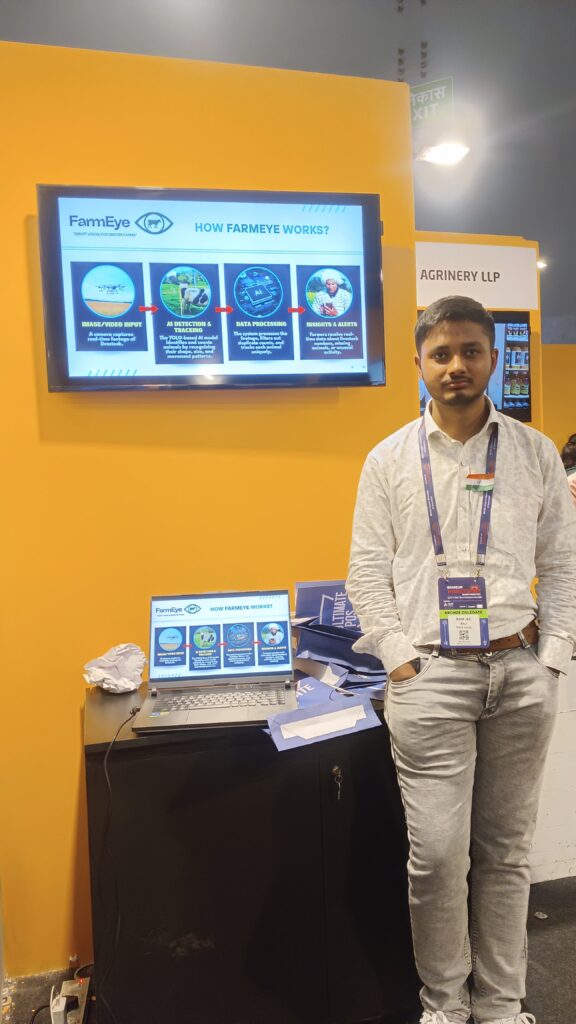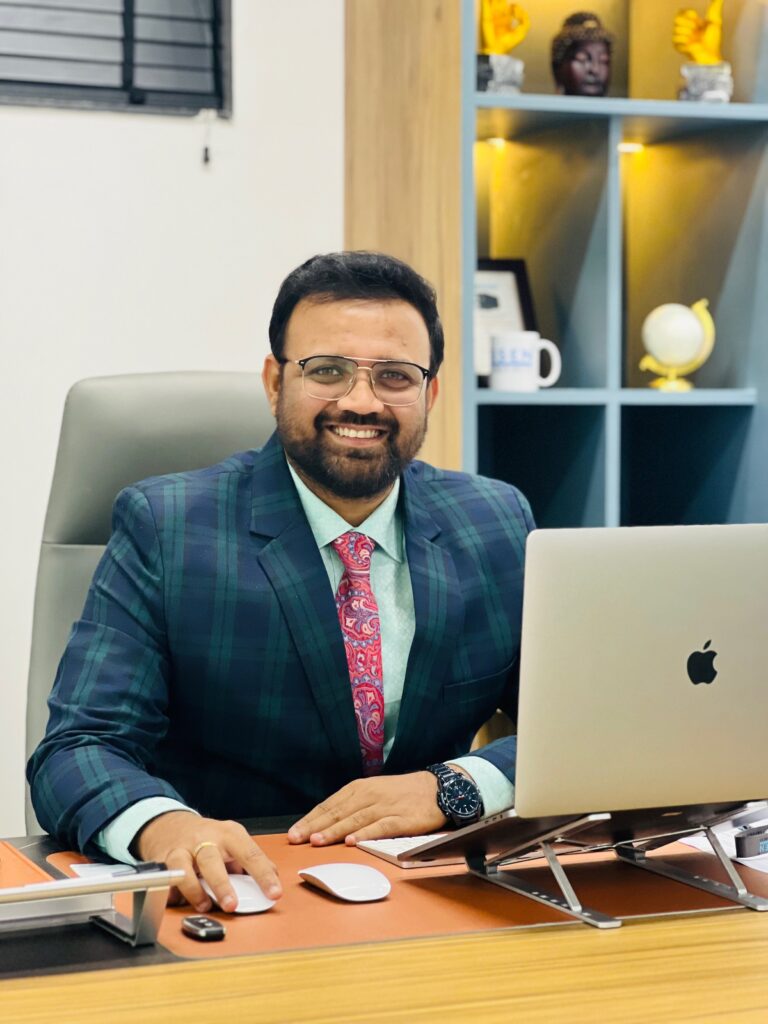
Bihar – From watching coding tutorials during lockdown to securing a Rs. 50 lakh valuation for his AI startup, Ram Jee Raj, a 17-year-old from Samastipur, Bihar, is taking India’s agritech sector by storm.
It all started during the COVID-19 lockdown, when Ram Jee, armed with a second-hand laptop and patchy internet, discovered Python tutorials on YouTube. Driven by passion and curiosity, he taught himself programming, machine learning, and computer vision. What started as a hobby quickly turned into a mission to solve real problems in agriculture.
His brainchild, FarmEye, is not just about detecting cattle. It’s an all-in-one AI-based livestock intelligence system that helps farmers monitor their animals’ health, movement, behavior, and even alert them in case of illness or theft—all through a low-cost camera and a smartphone.
“FarmEye doesn’t just count cows. It watches over them like a digital caretaker,” Ram Jee says. “It can alert the farmer if a cow is lying idle too long or behaving abnormally. It can even send notifications if the animal is missing.”
FarmEye’s user dashboard provides farmers with analytics on each animal, their daily activity, feeding patterns, and health trends. In rural India—where labor shortages and lack of veterinary care are major problems—this AI tool fills a huge gap.
The startup was showcased at Startup Mahakumbh in New Delhi, where it impressed investors with its rural relevance, low cost, and powerful tech backbone. His agri-tech startup FarmEye, aimed at revolutionizing cattle monitoring through AI and computer vision, has recently been valued at Rs. 50 lakhs by a group of angel investors led by a prominent Delhi-based agribusiness magnate.
Currently being tested in farms across Bihar and Haryana, FarmEye has already begun making a difference. Ram Jee now aims to integrate disease prediction, breed tracking, and multilingual support to help farmers across the country.
“I may be young, but my vision is big. I want FarmEye in every Indian village,” he says.
Ram Jee’s story is inspiring a new generation of rural innovators. With just a laptop, a dream, and an internet connection, he’s proving that India’s next big tech wave might rise not from Silicon Valley—but from its villages.




